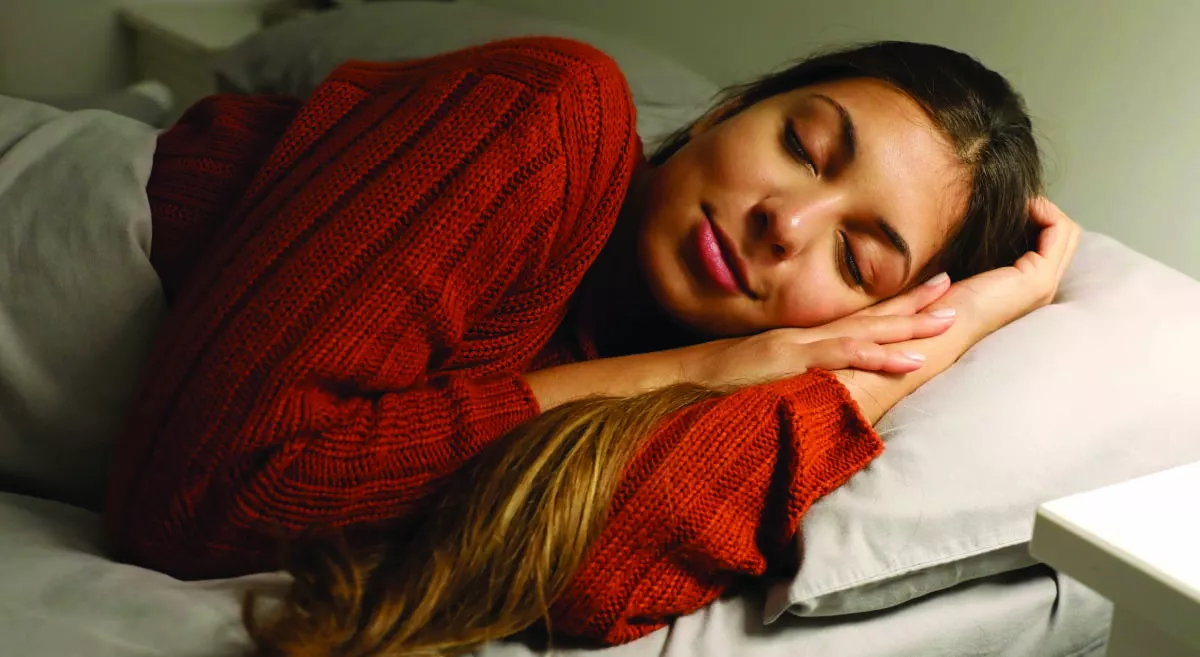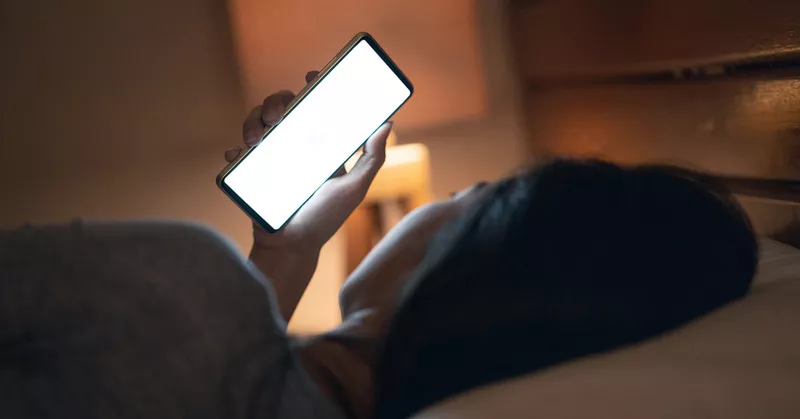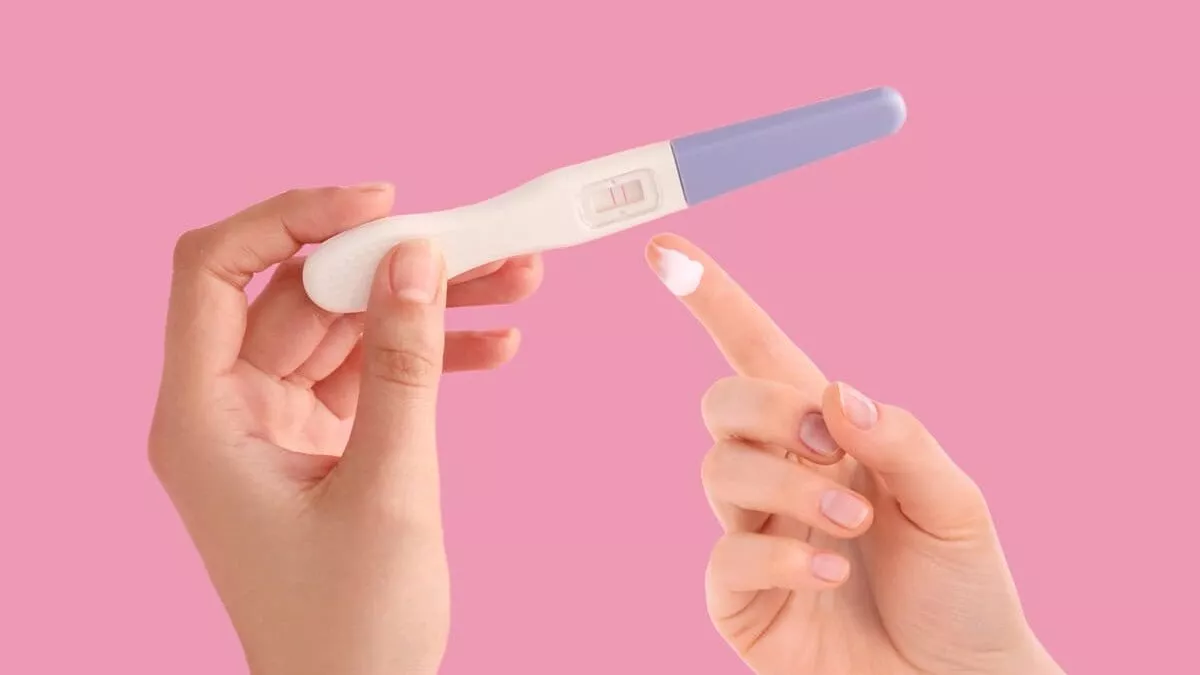How do sleeping positions aid individuals with sleep apnea?
Sleep apnea can lead to fragmented sleep, daytime fatigue, and various health complications. While treatment options like continuous positive airway pressure (CPAP) machines are commonly used, adjusting your sleeping position can also play a significant role in managing sleep apnea symptoms. In this blog, we will explore the best sleeping positions for individuals with sleep apnea, helping you enhance your sleep quality and overall well-being.
1. Side Sleeping Position: Sleeping on your side is generally recommended for individuals with sleep apnea. This position can help keep your airways open and reduce the likelihood of obstruction. Here are some tips for side sleeping:
- Straight side sleeping: Lie on your side with your body in a straight, neutral position.
- Pillow support: Place a supportive pillow between your knees to maintain proper spinal alignment and reduce strain on your lower back.
- Body pillow: Hug a body pillow to keep your upper body slightly elevated, promoting better airflow and minimizing the risk of apnea episodes.
2. Raising the upper body during sleep can help prevent the collapse of the airways and promote smoother breathing. Consider the following sleeping positions:
- Elevated Upper Body Position
- Sleeping on your back with an elevated head: Use a wedge pillow or elevate the head of your bed by a few inches. This position helps keep the airways open and reduces the likelihood of obstruction.
- Adjustable bed: Invest in an adjustable bed frame that allows you to elevate the upper body to a comfortable angle. This flexibility can be beneficial for individuals with sleep apnea, as it helps maintain optimal airway patency.
3. Additional Tips:
- Maintain a consistent sleep schedule to regulate your body's internal clock and improve overall sleep quality.
- Keep your bedroom environment conducive to sleep, with low lighting, a comfortable mattress, and a noise-free atmosphere.
- Avoid consuming heavy meals, alcohol, or sedatives close to bedtime, as they can worsen sleep apnea symptoms.
- If you use a CPAP machine, adjust the mask and tubing to accommodate your chosen sleeping position.
Conclusion:
While adjusting your sleeping position alone may not completely resolve sleep apnea, it can significantly improve your sleep quality and alleviate symptoms. Side sleeping and sleeping with an elevated upper body are generally recommended positions for individuals with sleep apnea. Experiment with different positions and find the one that suits you best. Remember to consult with a sleep specialist or healthcare professional for personalized advice and explore other treatment options to effectively manage your sleep apnea condition. A combination of lifestyle changes, treatment modalities, and healthy sleep habits can help you enjoy restful sleep and improved overall well-being





